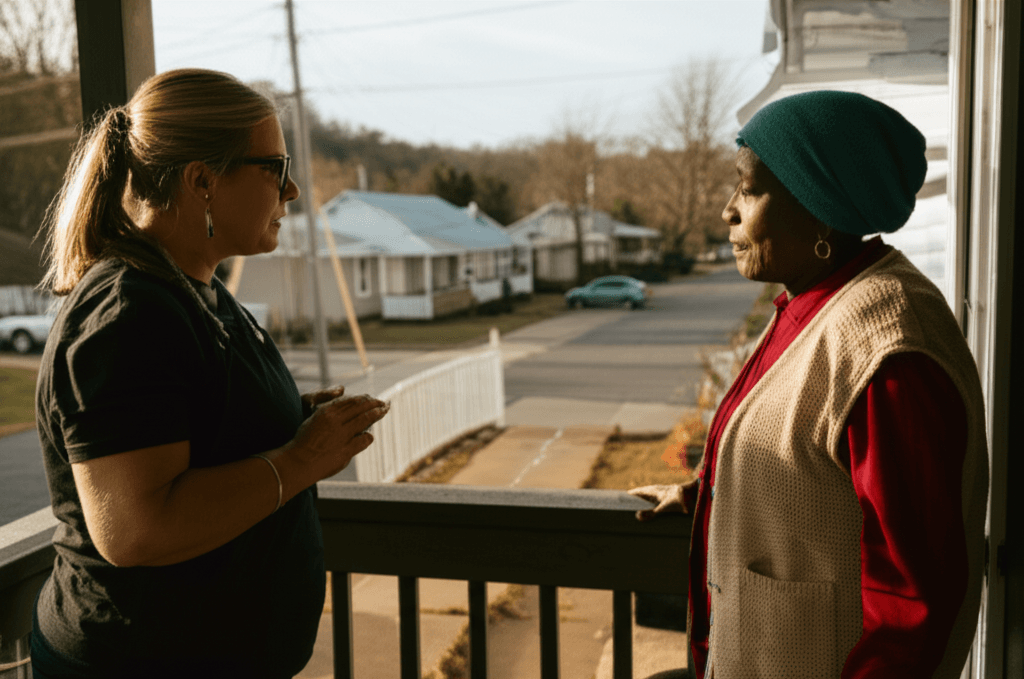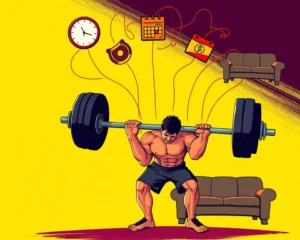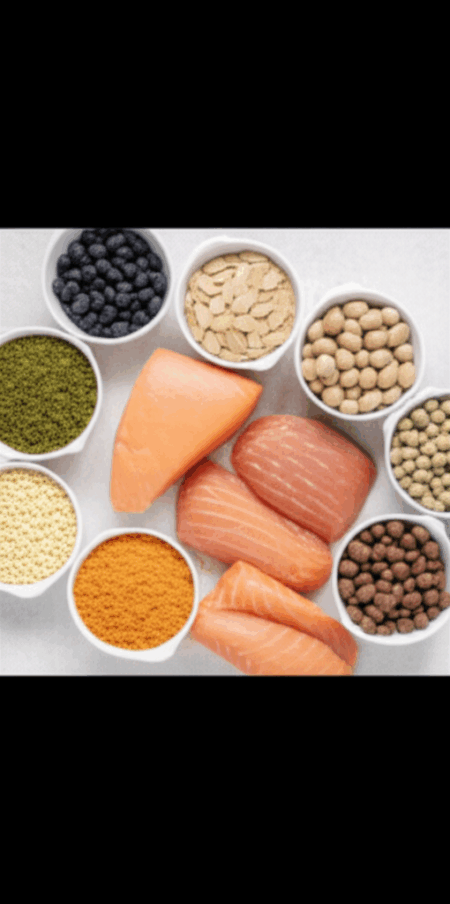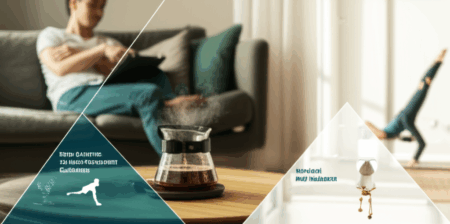West Virginia consistently ranks among the unhealthiest states in the U.S., grappling with an array of severe and pervasive public health challenges that shorten lives and diminish quality of life for its citizens. Against this backdrop, the “Make America Healthy Again” (MAHA) movement, championed by Health and Human Services (HHS) Secretary Robert F. Kennedy Jr., has begun to implement initiatives within the state. But as the Mountain State faces disproportionately high rates of chronic diseases, addiction, and mortality, questions arise about the MAHA movement’s capacity to deliver the broad, systemic changes needed to fundamentally shift West Virginia’s health trajectory.

West Virginia’s Enduring Health Challenges
The scope of West Virginia’s health crisis is staggering. In 2021, the state’s age-adjusted death rate was 1,229.1 deaths per 100,000 residents, a notable 30.01% increase from 2019. Life expectancy in West Virginia stood at 72.8 years in 2020, placing it 50th nationally and 4.2 years below the national average.
Beyond these stark figures, West Virginia experiences significantly higher mortality rates across numerous categories compared to the national average:
- Chronic Diseases: Heart disease deaths are 19% higher, cancer deaths 17% higher, COPD deaths 53% higher, and diabetes deaths 53% higher.
- Injuries and Substance Abuse: The injury mortality rate is 70% higher, and the poisoning mortality rate (often linked to drug overdoses) is an alarming 110% higher than the national rate. Drug deaths in West Virginia saw a 54% increase between 2019 and 2020 alone.
- Behavioral Health: The state’s suicide rate is 27% higher, and residents report feeling physically and mentally unhealthy 33% and 31% more often, respectively, than the average American.
- Lifestyle Factors: West Virginia has some of the nation’s highest rates of adult obesity (34.1% prevalence in 2019, ranking 49th), physical inactivity (31.2% in 2019, ranking 46th), and adult smoking (23.8% in 2019, ranking 50th).
Access to healthcare is further complicated by West Virginia’s rural landscape and limited public transportation, which can isolate residents from necessary medical services.

Understanding the MAHA Movement’s Vision
The “Make America Healthy Again” (MAHA) movement, led by Secretary Robert F. Kennedy Jr., frames its core mission around addressing a perceived chronic illness epidemic in the United States. Its overarching goal is to dismantle the “corporate stranglehold on our government agencies that has led to widespread chronic disease, environmental degradation, and rampant public distrust”.
MAHA’s key policy priorities include:
- Food and Nutrition: Emphasizing the reduction of artificial additives and ultra-processed foods, promoting healthier lifestyle choices, and advocating for clean food initiatives. This includes scrutinizing federal dietary guidelines and pushing for changes in food production and consumption.
- Environmental Toxins: Working to eliminate harmful chemicals and pollutants from air, water, and food sources, and promoting regenerative agriculture practices.
- Public Health Oversight: Seeking greater transparency in government health agencies and addressing what proponents view as corruption in the food and pharmaceutical industries. The movement also calls for a reassessment of pediatric health policies, including vaccine practices, and has launched an initiative to investigate the causes of autism.
- Healthcare System Reform: Advocating for a national strategy to address chronic disease through preventative healthcare and improving access to healthier lifestyles. HHS under Kennedy has also initiated a restructuring to focus more efficiently on primary care, maternal and child health, mental health, and HIV/AIDS.

MAHA Initiatives Taking Root in West Virginia
West Virginia has emerged as an early adopter of several MAHA-aligned initiatives, with Governor Patrick Morrisey collaborating directly with Secretary Kennedy Jr. to implement statewide health strategies. In March 2025, Governor Morrisey unveiled his “Four Pillars of a Healthy West Virginia,” designed to model the MAHA movement’s principles: “Clean up the food; Find Purpose, Find Health; Move Your Body, Change Your Life; Reward Healthy Choices”.
Specific actions under these pillars include:
- Food Dye Ban: West Virginia enacted House Bill 2354, which, starting August 2025, prohibits certain harmful food dyes (including Red No. 3, Red No. 40, Yellow No. 5, and Blue No. 1) from school lunches and will ban them from all food sold in the state by 2028, alongside specific preservatives.
- SNAP Reform: The state has implemented work, training, and education requirements for Supplemental Nutrition Assistance Program (SNAP) recipients. Furthermore, West Virginia was among the states granted federal waivers to prohibit the use of SNAP benefits for purchasing soda, candy, and other high-sugar junk foods, with these restrictions set to take effect in 2026.
- Physical Activity Promotion: The “Mountaineer Mile” initiative encourages West Virginians to walk a mile daily.

The Challenge of Scale: Are MAHA’s Efforts Enough?
While the MAHA movement’s initiatives in West Virginia address critical aspects of public health, such as diet and physical activity, the question remains whether these efforts are commensurate with the state’s deep-seated and complex health challenges. West Virginia’s health crisis is multi-faceted, stemming from a combination of chronic diseases, substance abuse epidemics, mental health struggles, and socio-economic factors that impact healthcare access and healthy lifestyle choices.
The focus on food additives and SNAP restrictions, while significant for dietary improvements, might not directly tackle the profound impact of issues like the opioid crisis, the high prevalence of smoking, or the systemic barriers to healthcare in rural areas. Critics of certain MAHA tenets, such as vaccine skepticism, also raise concerns about potential impacts on public health strategies, though this has not been a direct policy point in West Virginia’s stated initiatives.
The MAHA movement’s recent successes in West Virginia, particularly the bipartisan support for food additive bans and SNAP waivers, indicate a political will to address some health determinants. However, transforming the health landscape of a state like West Virginia will require a sustained, comprehensive approach that not only targets individual behaviors but also addresses the broader social, economic, and environmental factors that contribute to poor health outcomes. While MAHA’s “Clean up the food” and “Move Your Body” pillars are steps in the right direction, the sheer scale of West Virginia’s health disparities suggests that these initiatives, in isolation, may represent only an initial stride in a very long and challenging journey towards widespread improvement.







